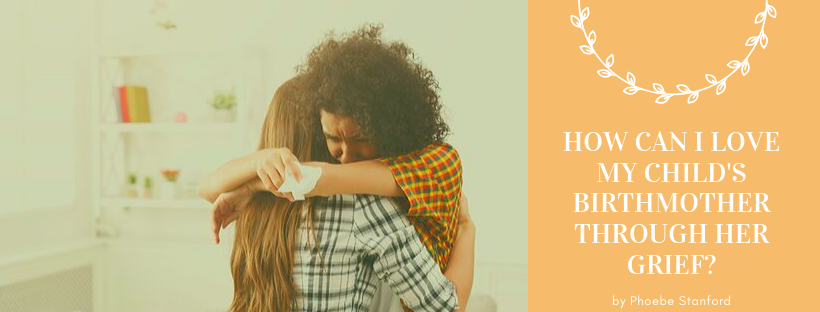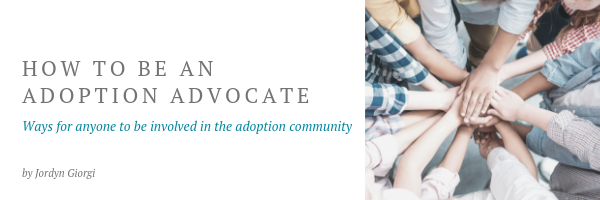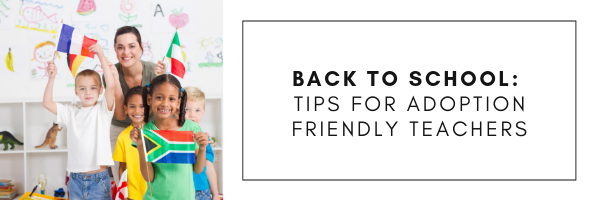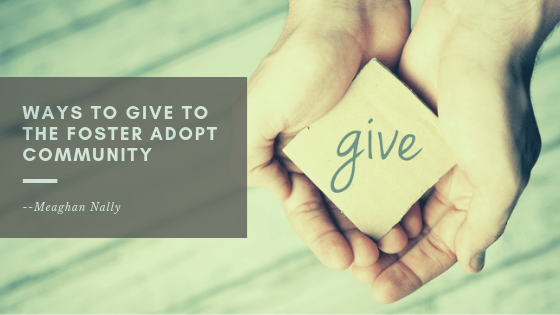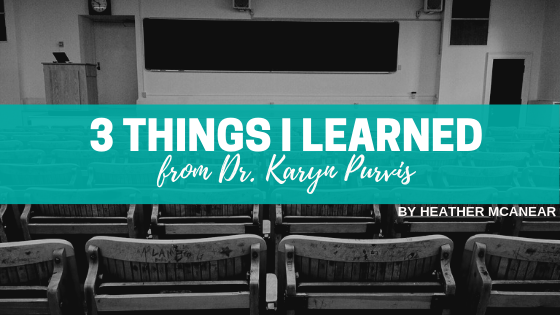In previous blog posts, we described “positive adoption language,” which refers to the careful use of language when speaking about adoption. We recommend careful consideration to the terms used when speaking about embryo adoption. Embryos are human beings, and they deserve to be spoken of with reverence. Below we list several terms and a suggested […]




